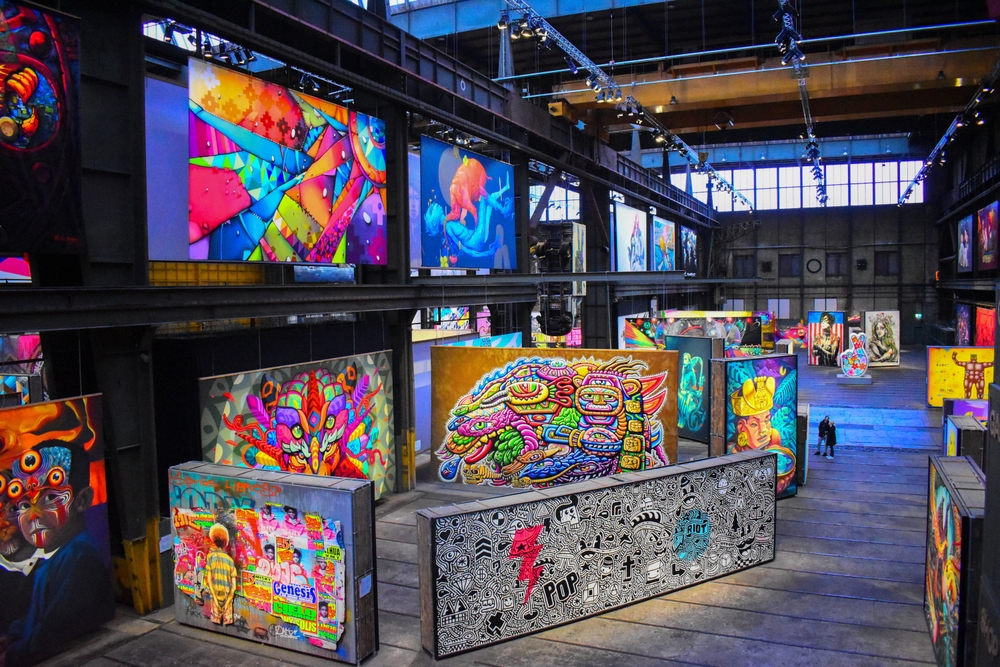The Ephemeral Canvas: Exploring Dust Sculpture's Artistic Frontier
In the ever-evolving landscape of contemporary art, a new medium is stirring up intrigue and challenging traditional notions of permanence. Dust sculpture, an emerging form of environmental art, transforms the most fleeting of materials into captivating, albeit temporary, masterpieces. This innovative approach to creation not only pushes the boundaries of artistic expression but also invites viewers to contemplate the transient nature of existence itself. As galleries and outdoor spaces alike become hosts to these evanescent works, the art world is abuzz with excitement over this dust-to-dust renaissance.

Techniques and Challenges of Dust Manipulation
Creating art from dust requires a unique set of skills and tools. Artists employ various methods to gather, shape, and preserve their dusty canvases. Some use specialized vacuums to collect particulate matter, while others partner with industrial sites or urban cleaning services. The sculpting process often involves intricate stenciling, controlled air currents, and sometimes the use of static electricity to manipulate the dust particles. Preserving these delicate works poses significant challenges, with some artists opting for protective enclosures or digital documentation as the only lasting record of their creations.
Environmental Impact and Ethical Considerations
The use of dust as an artistic medium raises important questions about environmental responsibility and public health. While some argue that dust sculpture promotes awareness of air quality issues, critics express concerns about the potential release of harmful particles during the artistic process. Leading dust sculptors are addressing these concerns by developing eco-friendly collection methods and partnering with environmental scientists to ensure their practice minimizes negative impacts. The dialogue surrounding these ethical considerations has become an integral part of the dust sculpture movement, influencing both the creation and reception of works.
Notable Artists and Landmark Exhibitions
Several artists have emerged as pioneers in the field of dust sculpture, each bringing a unique perspective to the medium. Jane Arrowsmith’s series Remnants of Urban Life garnered international attention for its haunting cityscapes crafted from street dust collected in major metropolitan areas. Meanwhile, Hiroshi Tanaka’s Whispers of the Earth installation, featuring intricate landscapes formed from volcanic ash, challenged viewers to consider the impermanence of natural wonders. The Tate Modern’s 2023 exhibition Dust to Dust: Ephemeral Art in the Anthropocene marked a significant milestone, legitimizing dust sculpture within the institutional art world and sparking widespread public interest.
Cultural Impact and Future Trajectories
As dust sculpture gains recognition, its influence is beginning to permeate popular culture and design spheres. Fashion designers are experimenting with dust-inspired textures and patterns, while architects explore the potential of dust as a building material for temporary structures. The movement has also inspired a broader conversation about impermanence in art and life, encouraging audiences to embrace the beauty of transient experiences. Looking ahead, the future of dust sculpture appears bright, with emerging technologies like augmented reality offering new possibilities for preserving and experiencing these fleeting masterpieces. As the art form continues to evolve, it promises to challenge our perceptions of materiality, time, and the very nature of artistic creation.





